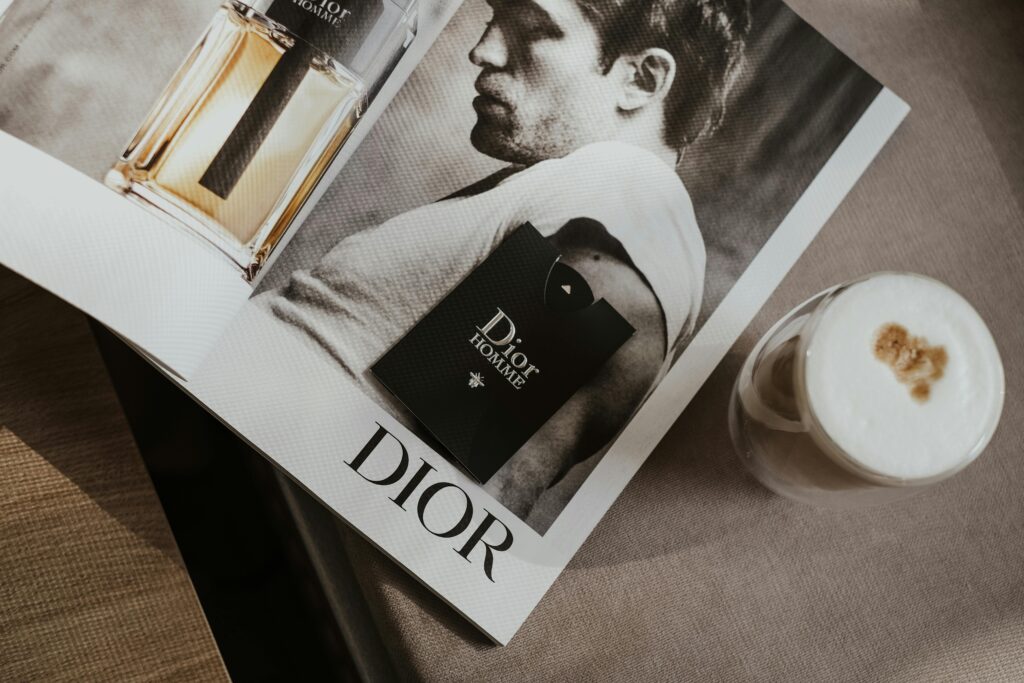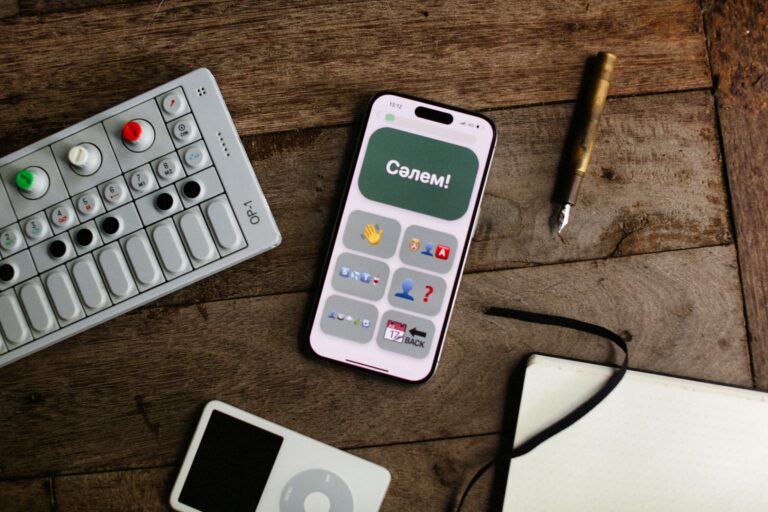
Dior’s Response: Silence and Subtle Edits
Interestingly, Dior chose a low-profile response, silently removing the controversial product from some digital stores and scrubbing it from specific social media posts. No formal apology was issued. This led to even more backlash, as audiences interpreted the silence as dismissive.
Missed Opportunities:
- Acknowledging the origins of the design could have turned the narrative into one of cultural collaboration.
- Partnering with Chinese designers or historians could have provided authentic storytelling.
- Dior’s approach contrasted with brands like Gucci, who in similar controversies had acknowledged mistakes and made clear reparations.
According to Edelman’s Trust Barometer 2022, 67% of consumers say that how a brand responds to a social issue impacts their trust in the brand. Dior’s case is a textbook example of how inaction can be as damaging as the initial mistake.
Branding Implications: A Luxury Brand’s Dilemma
Luxury brands walk a tightrope. They often draw inspiration from diverse cultures to enrich their aesthetics, but when this inspiration lacks context or acknowledgment, it can alienate key consumer segments.
Key Brand Lessons:
- Cultural Context is Non-Negotiable: Understanding the historical and social relevance of a design is essential. Using cultural symbols without credit is no longer acceptable in an era where consumers demand transparency.
- Representation Matters: Involving creatives from the culture being referenced not only lends authenticity but also ensures respectful usage.
- Own the Narrative: If a brand makes a misstep, a sincere and well-communicated apology is far better than silence. Brands like Nike and Ben & Jerry’s have shown that brand activism, when done right, builds loyalty.
Continue reading…
Up next: a look at how other brands handled similar controversies better and a framework for marketing students to analyze and present this case in their classrooms.


